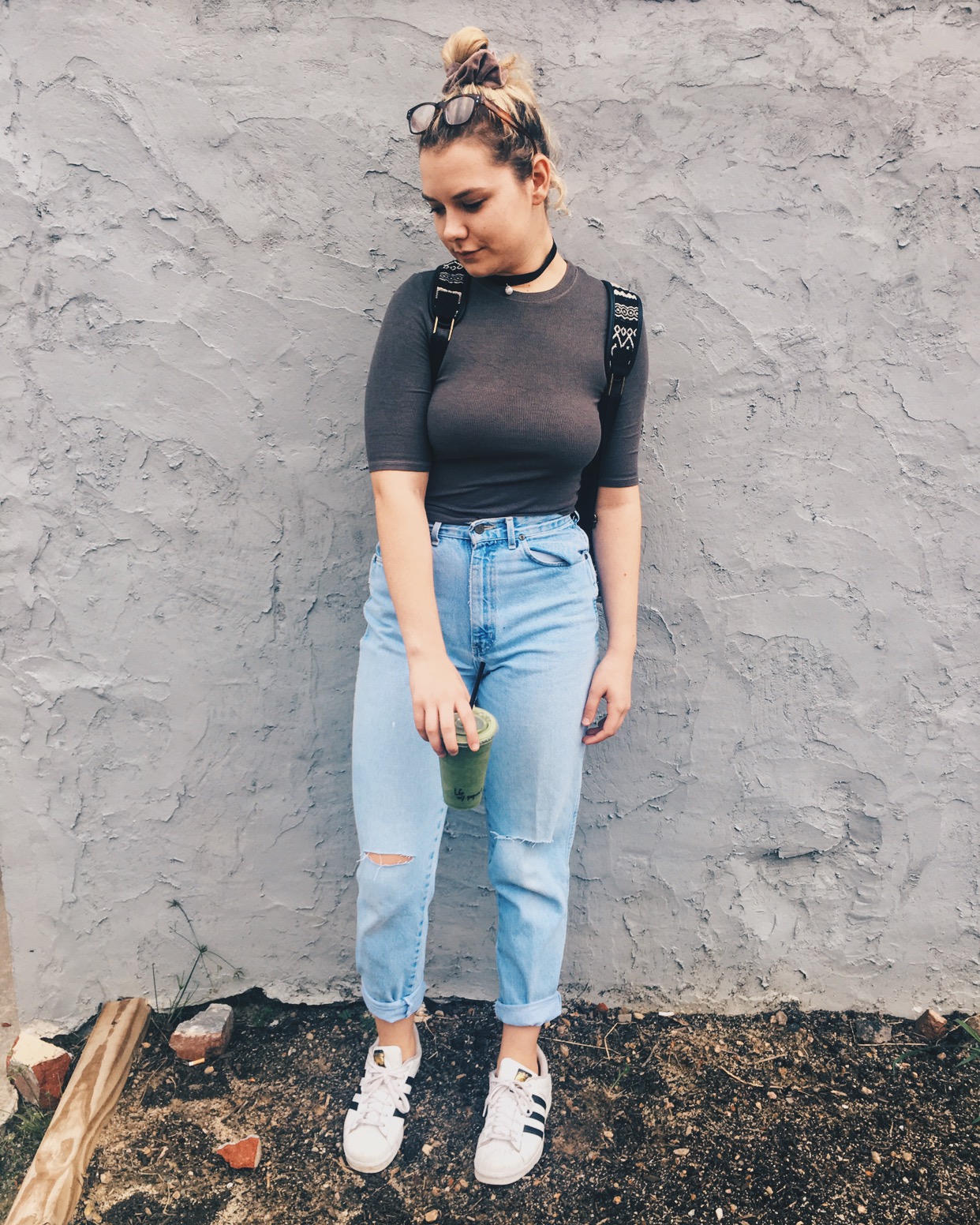Braless is Flawless: That Feminist Jew
By: Miranda Levy
When I was 12 years old I went into Victoria’s Secret for the first time. In awe, I gazed at the lace, sparkles, and ornamental undergarments. I could not wait until I got to wear such beautiful things. I started wearing a bra as soon as my breasts began to make their grand appearance. After a slew of puberty books and awkward health classes, I had discovered that I was “becoming a woman.” At least that is what every adult in my life would tell me. Next thing I knew, I went into Victoria’s Secret every chance I got. For the next six years, I built up quite the collection. But as these years went by, I realized a few things.
I first began to purchase “sexy bras” when I was around 16 years old. I was mostly excited to impress whoever would see me in it: a boyfriend, a hookup, etc. I would buy uncomfortable push-up bras adorned with lace and jewels not because I liked them, but because I thought they would make me look sexier. As I began to have more romantic experiences, I realized that though your partner may enjoy sexy underwear, in the end they do not really care. I can attest to the fact that lingerie is great for about ten minutes until the process of getting it off is like solving an unnecessarily complex jigsaw puzzle. Let us say your partner does care. While it might be nice to oblige, and fulfill some of their fantasies as they should do for you, your decision should be based on what you want to do. In the end, it is about what makes you comfortable. Which brings me to my next point— most bras are not comfortable. I felt confined, restricted, and I found myself constantly adjusting myself. The worst part of this discomfort, is that it came with a sizeable price tag.
One of the things that truly hit me when I came to college is that bras are damn expensive. I could be spending that $59.99 nearly anywhere else. I could take that money that would get me one nice push-up bra, and instead buy six cheap bralettes. And that is what I began to do. I would find the best sale at Urban Outfitters or Forever 21, and I would buy multiple bralettes . The more I did this though, I realized that these bralettes were not even adding support. I was only wearing them in order to avoid being “that girl who doesn’t wear a bra.” I felt as if I had checked so many of the classic-hippie-feminist boxes, and I did not want to become a stereotype. Also, I did not have the body confidence that I needed. I have always been a little curvy, and though I am only a C cup, I still was not sure if a curvy woman like me could pull off the braless look. As I entered my sophomore year of college, I took a cold hard look at myself, my breasts, and my bra collection. I began to do what felt natural. Every morning when I woke up, I did not want to have to put on a bra— so I didn’t. Despite that fact that confidence is what almost kept me from going bra-less, the decision actually boosted my self-esteem.
Bras are not for me. They were never for me. After some support—no pun intended— from my friends, I began to embrace my decision, and I haven’t gone back since.
Let me clear some things up before I conclude. I am not anti-bra. I still own a few bras, and wear them if an outfit simply requires one, or if I am having a romantic night with my significant other. I am also very much aware that not everyone feels this way. If you feel as if you need a bra for support, then you should do what makes you comfortable. If you feel more confident in a bra, then wear that bra! My choice to not wear a bra is exactly that— a choice. Every woman should be able to make this choice without judgement or harassment from others. In conclusion, being braless makes me feel flawless. Do what makes you feel flawless.
That Feminist Jew is a bi-monthly opinion column written by Miranda Levy. As your go-to sex expert, That Feminist Jew provides advice on sexual health, mental and emotional connections to sex, reflections on college sexual culture, and more.

